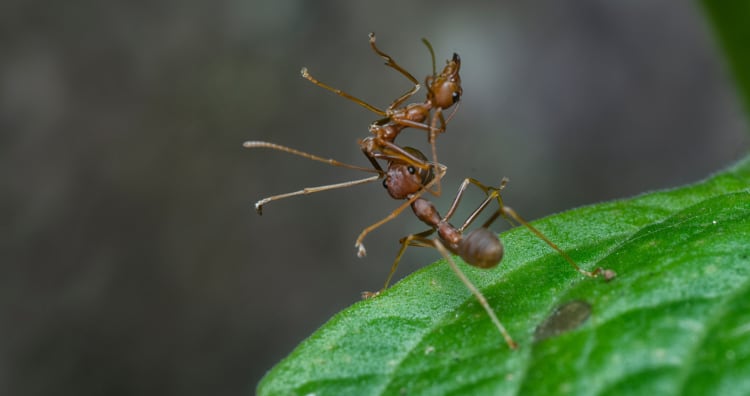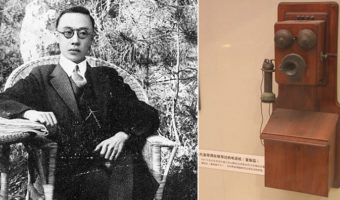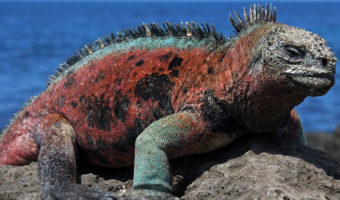Why Do Ants Carry Bodies of Other Dead Ants?
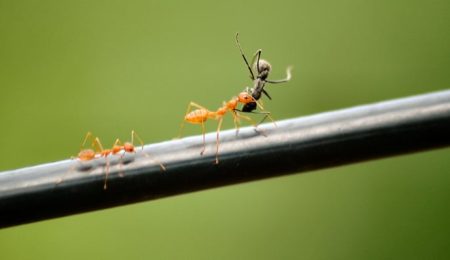
Insects do the most astonishing things! From their Kingdom, countless amazing facts have emerged over the years. One such incredible detail belongs to ants, who may be tiny, but are one of the most sophisticated creatures in the insect world. These ants carry bodies of other dead ants and remove them from their colonies. Isn’t that strange? But when it comes to animals or insects, there is almost always a method to their madness! Their behavior patterns with clever adaptation techniques are one of the major reasons why they survived all mass extinctions. Did you know that we are surrounded by about 10 quintillion insects on this planet?
Coming back to the undertakers of the insect world, the ants carry dead bodies of other ants for a reason. Let us dig deeper.
“Necrophoresis†is the practice of some insects, which is removing dead bodies from their colonies.
Necrophoresis is a cleanliness technique. The word comes from the Greek word “nekros,” which means “dead body.” The term was coined by E.O Wilson and his colleagues in 1958, but they did not discover this behavior. As early as 40 CE, Plinius Secundus, or Pliny the Elder who was a Roman author, naturalist, and natural philosopher, claimed that ants were the only living creatures other than humans to bury their dead. But, that is not true. In addition to ants, bees, wasps, and termites also indulge in necrophoresis. The word means “removal of dead nest mates.” This behavior acts as a sanitary precaution to prevent any illness or infection from spreading through the colony.
How do the ants identify their dead comrades?
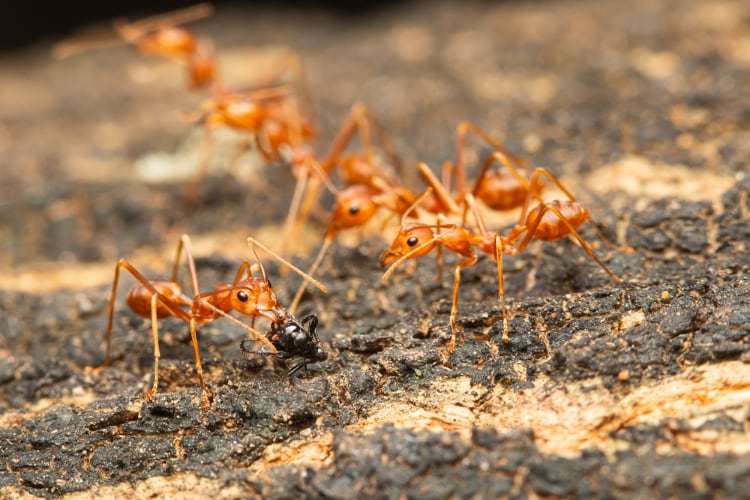
Most of the ants do not have eyes or ears. Then how do they know where the dead ants are? Ants, as a species, rely heavily on their sense of smell to look for food and find their way back to their nests. They release pheromones when they travel from their nests to their destination. When an ant dies, the body releases oleic acid. Whenever they smell oleic acid, they know it means death. As soon as they identify the smell, swarms of ants follow the smell and rush over to where the dead bodies are.
Why do the ants remove dead bodies and carry them elsewhere?
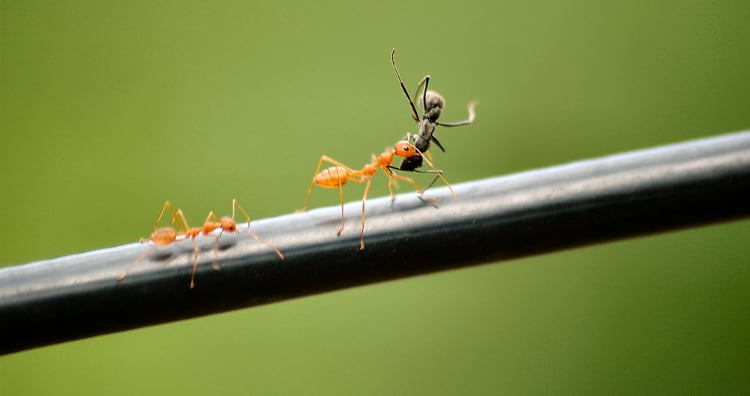
The ants consider a dead ant a threat to their safety. When there is a dead ant, there are chances that it will spread disease that can spread to the colony and infect or kill healthy ants. Therefore, the reasons are not emotional. They carry the dead bodies as fast as possible to keep their colonies disease-free and healthy. An experiment conducted on a live ant who was sprayed with oleic acid showed that the other ants considered him dead and carried away the ant to be “buried alive.” These undertaker ants also practice a form of social distancing by staying outside the nests or assembling at the entrance, to prevent cross-contamination.
The ants carry the dead bodies of other ants to an ant graveyard called a “midden.”
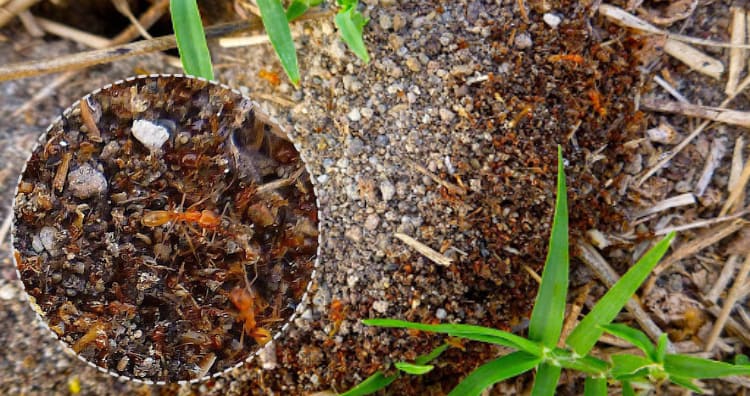
Ants are smart insects. They build structures with dead ants and other waste materials called “middens.” You can look at it like an ant cemetery. This is where they kind of dump all their waste – and also the dead bodies of their friends. They carry the bodies to the middle of the midden and throw them onto the pile (not exactly “buried”). There is no mourning or no feelings involved. It is like a ritual that they perform with diligence, to preserve their species.
What happens when the queen ant dies?
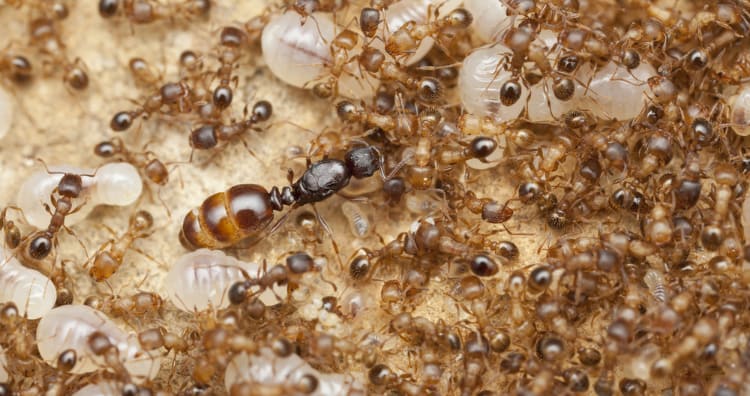
The queen ant is the most important person in any ant story and has a big role to play in the running of her hive-kingdom. She is responsible for procreation and lays thousands of eggs. In an ant colony, numbers are everything. Hence, she is inimitable. When she dies, the ants also carry her dead body to the midden. But back home, the consequence is not the same. The hive will not be able to reproduce anymore and will die a slow death without new ants joining the family.
Here are three more fascinating adaptations and survival habits that validate why insects still rule the world and survive mass extinctions!
1 The assassin bug is deadly and lives up to its name.
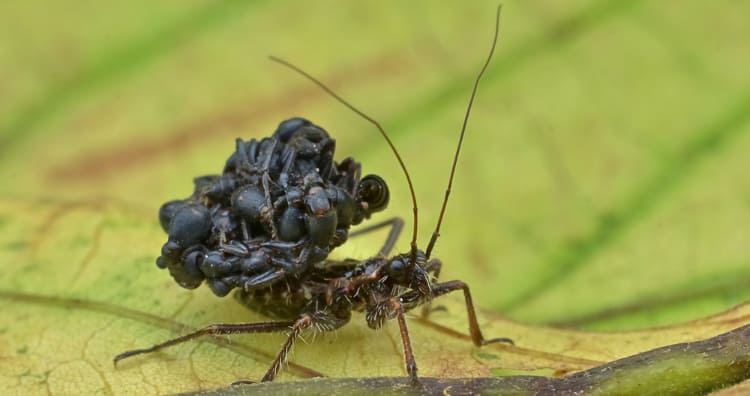
The assassin bug may look funny with his long nose. But he is far from being comical. They are deadly assassins with the superpower to liquefy their prey. Their red color is the red flag for others to stay away from them! With its short, three-segmented beak, it pierces and stings its prey and sucks the body fluids from the victims. Once the assassin bug identifies his next meal, it looks for a soft spot and stabs with its blade-like beak. It releases venomous saliva which paralyzes the prey within seconds, and the insides begin to dissolve. The victim dissolves, and, believe it or not, the assassin bug slurps back his dinner using his proboscis like a straw. The Acanthaspis petax is a type of assassin bug that exclusively engages in one unusual behavior. These bugs wear the empty exoskeletons of their dead ant bounty like protective armor. Not any other bugs they kill, just the ants. Scientists claim that the ants-corpse armor gives them an olfactory camouflage while hunting.
2 Praying mantises eat each other while they mate.
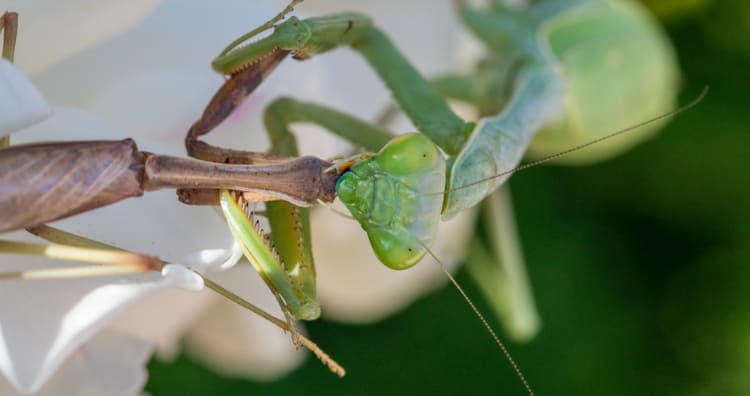
Love kills. For praying mantises, the phrase is painfully true. And it is Game of Thrones-like violent. When they mate, and after the male impregnates the female, to her, his usefulness is over. In the true queen-of-hearts style, she “offs-with-his-head.” The female praying mantis waits for the perfect opportunity after their mating is over and eats her lover’s head. His dying spasms then pump more sperm into her stomach. After the head is devoured, she eats the rest of his body and is nourished. This helps her lay nearly 200 eggs. So, you see? The male praying mantis dies for a greater cause while never getting to enjoy his fatherhood. Though no one knows if the males do know their predicament before committing to it!
3 Bombardier beetles eject boiling-hot liquid when attacked.
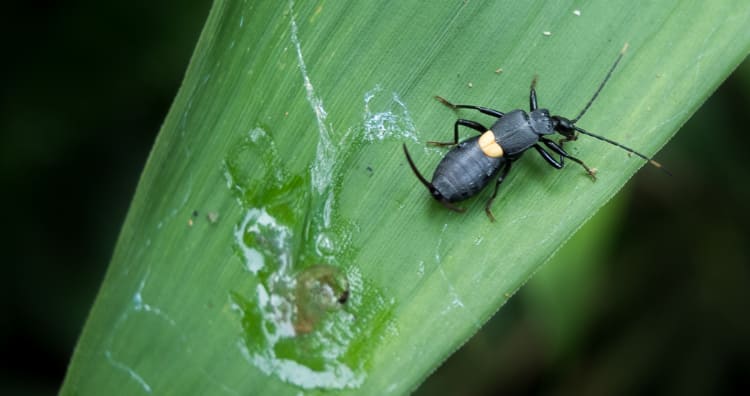
A lot of insects eject deadly sprays or acids when attacked, but the bombardier beetles are masters in chemical warfare. These beetles can create such a violent chemical reaction in their body that the boiling, toxic liquid, sometimes as hot as 100 °C, shoots out of their abdomen. They can produce as many as 500 bursts in a second. This smelly, burning liquid can kill their attackers or scare them away. These chemical bombs are why they are called “bombardier beetles.” They have an elaborate internal network of reservoirs and chambers to control and synthesize these blasts safely, without getting cooked themselves! The bombardier beetles still fascinate biologists and scientists trying to study such a complex chemical reaction that happens in seconds.
10 Craziest Ways Animals Protect Themselves From Predators














